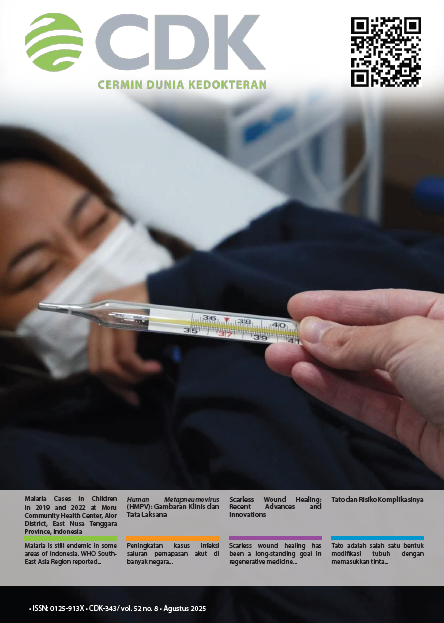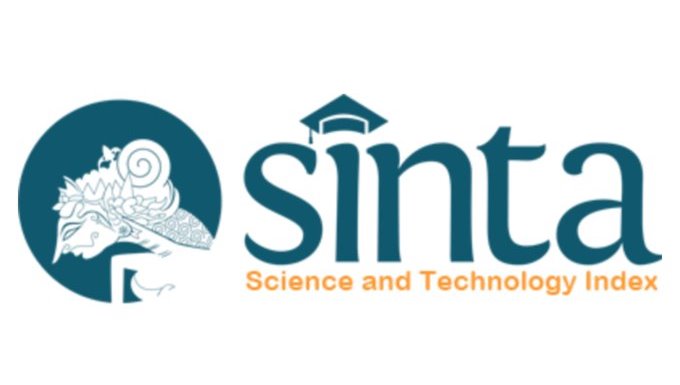Hypoxic Spell in an Adult
Case Report
DOI:
https://doi.org/10.55175/cdk.v52i8.1365Keywords:
Congenital heart disease, hypoxia, hypoxic spellsAbstract
Introduction: Hypoxic spells are serious and potentially fatal complications of cyanotic congenital heart disease. These events typically occur in children and are extremely rare in adults. They are caused by a sudden reduction in pulmonary blood flow, leading to severe hypoxia, cyanosis, seizures, and even death. Although rare, hypoxic spells should be considered as a differential diagnosis in adult patients presenting with hypercyanotic crises, particularly those without a known history of congenital heart disease. Case: A 20-year-old woman presented with worsening shortness of breath and cyanosis over the past two hours. She had a lifelong history of recurrent cyanosis, a habit of squatting during episodes of breathlessness, and limited physical activity but had never been diagnosed with congenital heart disease. Electrocardiography revealed right axis deviation and right ventricular hypertrophy, while a chest X-ray showed cardiomegaly with a boot-shaped heart silhouette. A hypoxia test supported the suspicion that her hypoxia was cardiac in origin. Initial management included the knee-chest position, highflow oxygen therapy, intravenous fluids, morphine, and norepinephrine to increase systemic vascular resistance. Subsequent echocardiography confirmed pulmonary atresia with ventricular septal defect and major aortopulmonary collateral arteries (PA + VSD + MAPCAs), a rare variant of tetralogy of Fallot. Conclusion: Hypoxic spells in adults are extremely rare and often underrecognized, especially in resource-limited settings. Rapid diagnosis and early intervention are crucial to improving outcomes. Referral to a specialized cardiac center is essential for comprehensive evaluation and definitive treatment planning.
Downloads
References
Wilson R, Ross O, Griksaitis MJ. Tetralogy of Fallot. BJA Educ. 2019;19(11):362–9. doi: 10.1016/j.bjae.2019.07.003.
Bergeron M, Cohen AP, Cotton RT. The management of cyanotic spells in children with oesophageal atresia. Front Pediatr. 2017;5:106. doi: 10.3389/fped.2017.00106.
Gawalkar AA, Shrimanth YS, Akash Batta, Manoj Kumar Rohit. Management of tet spell – an updated review. Curr Res Emergency Med (CREM). 2021;1(1):1–3.
Rayamajhi S, Shahi K, Garg T, Dey S, Adhikari B, Mahaseth A. An exceptional survival in an unoperated tetralogy of Fallot in a 66-year-old man: a case report. Radiol Case Rep. 2022;17(12):4903–6. doi: 10.1016/j.radcr.2022.09.062.
Weng YM, Chang YC, Chiu TF, Weng CS. Tet spell in an adult. Am J Emerg Med. 2009;27(1):130.e3–5. doi: 10.1016/j.ajem.2008.04.023.
Kaemmerer H, Bauer U, Pensl U, Oechslin E, Gravenhorst V, Franke A, et al. Management of emergencies in adults with congenital cardiac disease. Am J Cardiol. 2008;101(4):521–5. doi: 10.1016/j.amjcard.2007.09.110.
Rohit M, Rajan P. Approach to cyanotic congenital heart disease in children. Indian J Pediatr. 2020;87(5):372–80.
Perhimpunan Dokter Spesialis Kardiovaskular Indonesia. Panduan praktik klinis (PPK) dan clinical pathway (CP) penyakit jantung dan pembuluh darah. Perhimpunan Dokter Spesialis Kardiovaskular Indonesia; 2016.
Sharkey AM, Sharma A. Tetralogy of Fallot: anatomic variants and their impact on surgical management. Semin Cardiothorac Vasc Anesth. 2012;16(2):88–96. doi: 10.1177/1089253211434566.
Fanous E, Mogyorósy G. Does the prophylactic and therapeutic use of beta-blockers in preoperative patients with tetralogy of Fallot significantly prevent and treat the occurrence of cyanotic spells? Interact Cardiovasc Thorac Surg. 2017;25(4):647–50. doi: 10.1093/icvts/ivx135.
Desai K, Rabinowitz EJ, Epstein S. Physiologic diagnosis of congenital heart disease in cyanotic neonates. Curr Opin Pediatr. 2019;31(2):274–83. doi: 10.1097/MOP.0000000000000742.
Karl TR, Stocker C. Tetralogy of Fallot and its variants. Pediatr Crit Care Med. 2016;17(8 Suppl 1):S330–6. doi: 10.1097/PCC.0000000000000831.
Park MK. Pediatric cardiology for practitioner. 5th ed. Philadelphia: Elsevier; 2008.
Forman J, Beech R, Slugantz L, Donnellan A. A review of tetralogy of Fallot and postoperative management. Crit Care Nurs Clin North Am. 2019;31(3):315–28. doi: 10.1016/j.cnc.2019.05.003.
Sana MK, Ahmed Z. Pulmonary atresia with ventricular septal defect. Treasure Island (FL): StatPearls Publ; 2024.
Haydin S, Genc SB, Ozturk E, Yıldız O, Gunes M, Tanidir IC, et al. Surgical strategies and results for repair of pulmonary atresia with ventricular septal defect and major aortopulmonary collaterals: experience of a single tertiary center. Braz J Cardiovasc Surg. 2020;35(4):445–51. doi: 10.21470/1678-9741-2019-0055.
Downloads
Published
How to Cite
Issue
Section
License
Copyright (c) 2025 Angga Putra Perdana, Rossiana Tantri

This work is licensed under a Creative Commons Attribution-NonCommercial 4.0 International License.





















